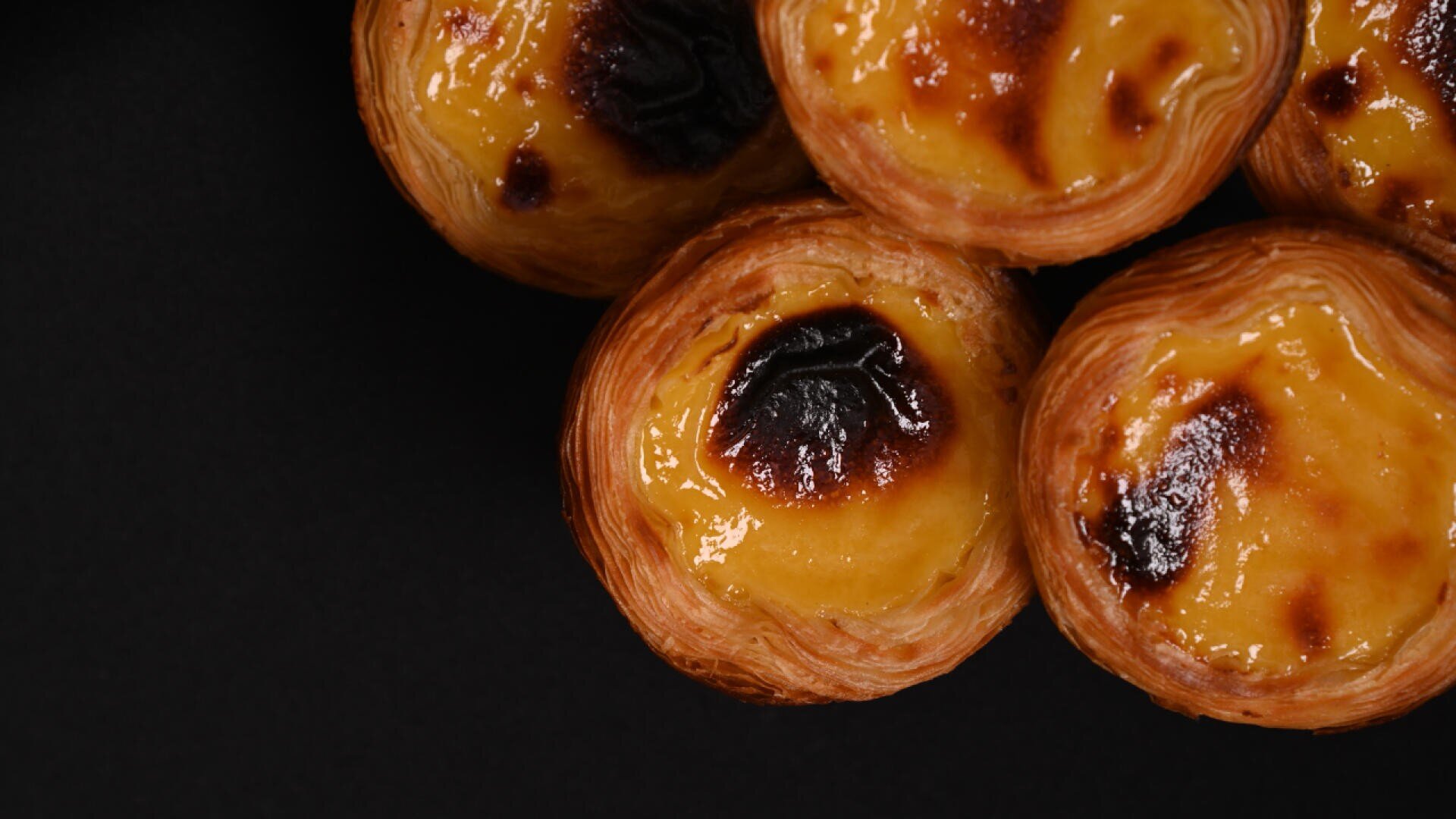Pastel de Nata: an analysis of technique in the taste experience
A product’s recipe is much more than a simple blend of ingredients. Proportions, techniques and execution are fundamental to achieving the desired taste experience. In this context, it’s important to analyse how the physical attributes of the pastel de nata influence flavour perception.
A product’s recipe is much more than a simple blend of ingredients. Proportions, techniques and execution are fundamental to achieving the desired taste experience.
In this context, it’s important to analyse how the physical attributes of the pastel de nata influence flavour perception.
The conical shape respects the ratio between the pie’s height and top diameter. The height should be approximately one-third of the top diameter, allowing for a balanced distribution of custard and puff pastry – in every bite.
The puff pastry provides crispiness, one of the most relevant attributes in the consumption experience. Crispiness stimulates the senses, enhancing both focus on flavour and its persistence on the palate.
Therefore, the pastry should be crunchy without being rigid, allowing for an easy bite, free of rubbery texture. The delicate layers should melt together with the custard rather than overpowering it. To achieve this, the dough must crumble finely rather than flake in sheets.
For the custard to settle evenly, the puff pastry must expand from the inside out – not from the bottom up – to prevent shrinkage and the exposure of dough without filling, which can lead to drying.
The custard should have a consistent, suspended-drop texture, offering a velvety sensation. Dense fillings reduce the lightness of the pastel, while overly runny ones compromise flavour persistence and produce less pleasant bites.
The challenge, then, is to harmonise the custard’s consistency with the pastry’s crunch.
When rolling the puff pastry, the spiral technique holds the secret. This method not only positions the layers correctly but also ensures resistance, crispiness and a fine crumble with each bite.
Equally important is the moulding of small dough portions (between 20–30g) into metal or aluminium tins. Smooth dispersion of the dough, without crushing the puff pastry layers, is key to achieving the ideal structure.
Some of these traditional techniques – passed down since the pastel de nata’s origins – are essential elements that set this pastry apart. When analysed individually, they reveal clear improvements in taste experience and, as a result, in the overall quality perception of the product.
Would you like to share your thoughts on pastel de nata?
We’ll be at the IBA fair, stand 13.F51, ready to hear your ideas, exchange experiences, and present some of our solutions for pastel de nata production.

